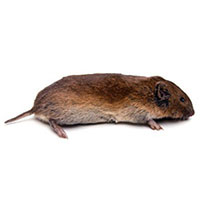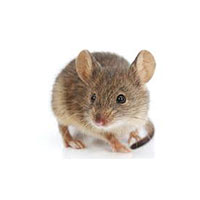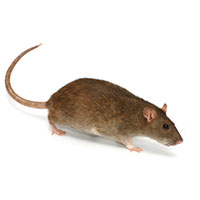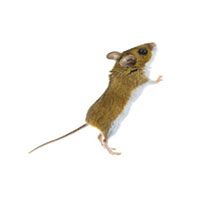Voles in Wisconsin
Voles are poor climbers and usually do not enter homes or other buildings. Instead, they inhabit grasslands or croplands adjacent to buildings or gardens and landscaped sites with protective ground cover. Problems around homes, buildings, and gardens occur with populations that increase quickly. Voles are usually herbivores, preferring to eat plants, roots, bark, seeds, grains, nuts, and fruit, but are opportunistic and will also eat dead mice and other rodents. They end up doing the most damage to gardens and crops. Voles chew at the roots of plants, so if you see dead and drooping plants around your garden, you might have voles.
Vole Habitat
Voles can be found in dense, grassy fields, gardens, meadows, woodlands, along lakes and rivers, and in agricultural areas. Habitat selection is largely influenced by the relative ground cover of grasses. They make their nests in underground burrows and form their nests, voles create extensive tunnels beneath the soil surface in their endless search for food.
Vole Behaviors, Threats, or Dangers
They create very short burrows, but they connect them to each other via runways. This creates a network of tunnels spread out across the lawn and yard. Voles burrow underground to find food and will devour bulbs in your garden. They also are known to damage trees and vegetable plants. If voles gnaw on the bark located low to the ground or devour the roots, the tree’s flow of nutrients and water will be disrupted and the tree may die. If the damage is below ground, you will need to remove soil from the base of the tree to see it. Although voles are poor climbers, if they can climb onto low-hanging branches, they can cause damage higher up on trees as well.
If you have a vole infestation in your Wisconsin property, always contact a licensed rodent control company.
Need help with Voles?
We'll call you! Leave your information below.
Pests Belong Outside!
Leave your information below and we will give you a call back.
"*" indicates required fields
*During normal business hours. After hours inquiries will be returned the next business day.





